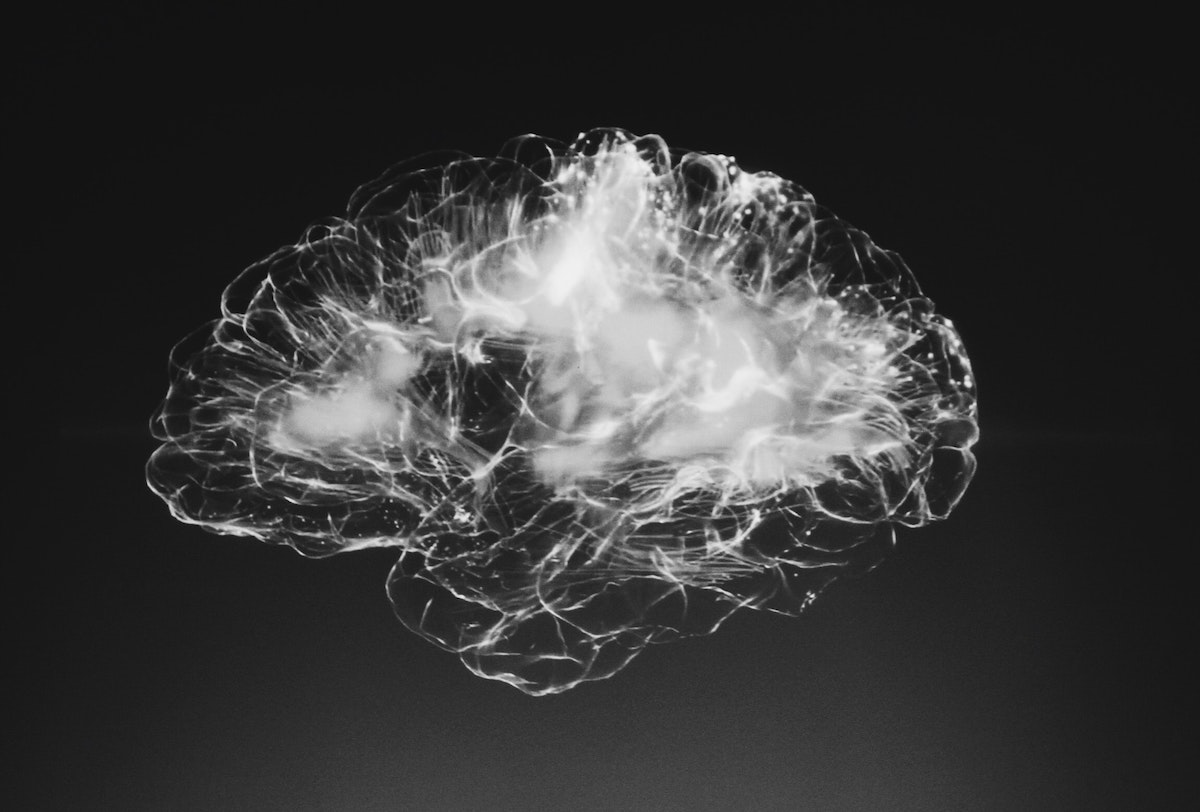Understanding Neuroscience Helps Salespeople Sell

There’s been an international consortium of neuroscientists in 70 countries, sharing their research and studies in the cloud. The growth of this knowledge is exponential. If you go to Wikipedia and type in cognitive bias, there are 184 of them. Asher Strategies has analyzed all of them and boiled them down to 15-20 that apply directly to sales. In most cases, they apply to marketing as well. Here are six of the most important ones.
1. Compliment bias
We are positively biased towards people who compliment us
Compliments should be:
- Authentic
- Sincere
- Meaningful
- Specific
Practical Application:
- Compliment other people in your life frequently
- Compliment the buyer (early in the conversation)
2. Reciprocity bias
The Chinese call this Ren-Ching)
When we give something to another person, their Old Brain feels obliged to
reciprocate (“Much Obliged”). Example:
- Give the buyer the gift of thoroughly listening to their needs
- They will return your gift immediately by providing deep insight into their real needs
Practical Application:
- Provide “gifts” to your associates, customers, and prospects
- Provide new information in all interactions with customers and prospects
- There are no “traffic jams” on the extra mile (always give “extra” to distinguish yourself from other salespeople).
3. Similarity bias
- We like people who are like us in dress, looks and interests
- We are more likely to buy from salespeople who are similar in:
-Age -Personality Type
-Religion -Sports Preferences
Practical Applications:
Find similarities using thorough research
- Find similarities using thorough research. If a choice is available, decide which salesperson should take the lead.
- Use NLP techniques to help the buyer feel comfortable with you
4. Anchor bias
- The Old Brain creates information anchors to be able to make rapid future judgments
- Buyer’s Old Brains anchor on the information provided by the first salesperson
- When buyers hear the next presentation(s), there is a tendency to look for the negative aspects
- So they can be dismissed easily
- No hard thinking required to change their mind
Practical Applications:
- Always be the first company to present
- Always be the first salesperson with whom the buyer interacts
5. Status Quo Bias:
- If the buyer is unhappy with their current vendor
- We have a great opportunity
- If the buyer is happy or ok with their current vendor
- It will be VERY difficult to get them to switch to us
- The Old Brain prefers the default position
- Knows it’s safe. Why change?
- “If it ain’t broke, don’t fix it”
Practical Applications:
- Your company’s biggest competitor is frequently not your competition
- It is the status quo bias of the buyer
6. Single Option Aversion
- Based on multiple studies averaged over all 33 B2B industries:
- Offer buyers one option:
10% will buy it - Offer buyers two different similar options: 64% will buy one of them
- A 640% difference in closing rates
Practical Applications:
- Never offer just a single option
7. Choice Paradox Bias
- The Old Brain likes to have choices, but not too many
- Offering more than three choices leads to indecision and confusion
Will a confused Old Brain make a decision? (No!)
Practical Application:
- Never offer more than three options
Click here to sign up for the Asher Virtual Sales Training that includes these bias and many more needed to achieve elite sales status.



